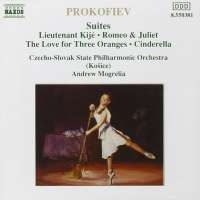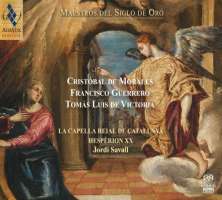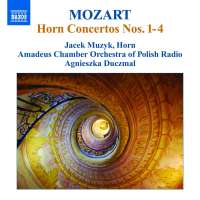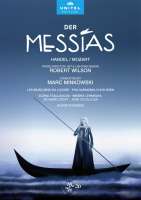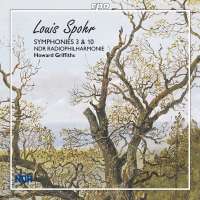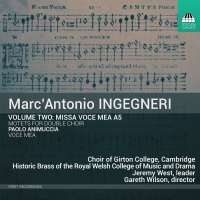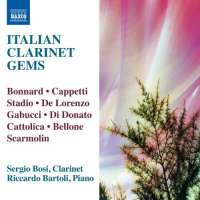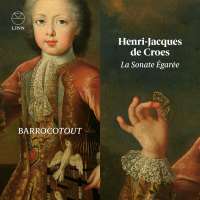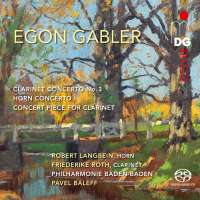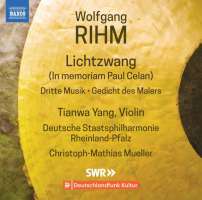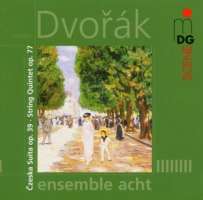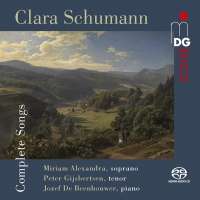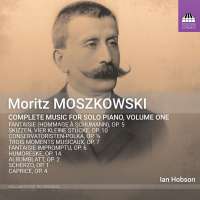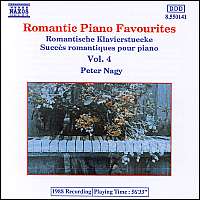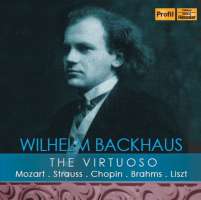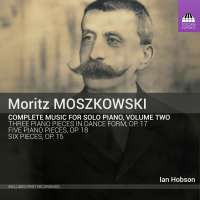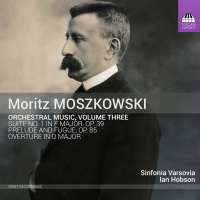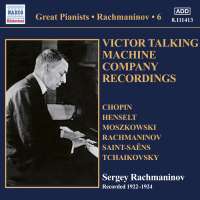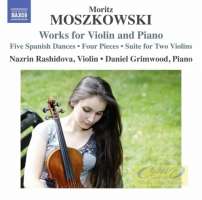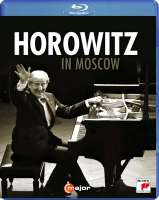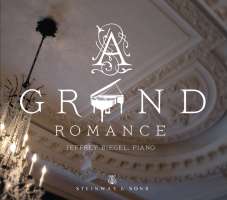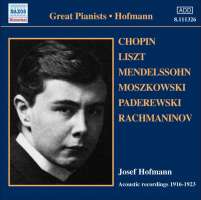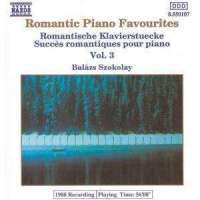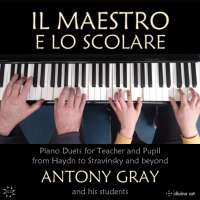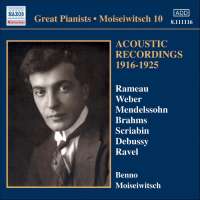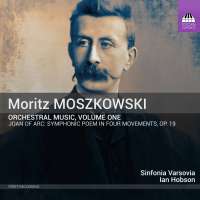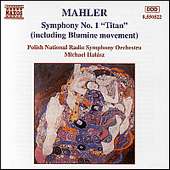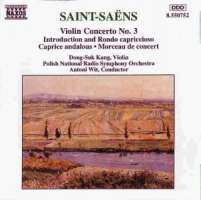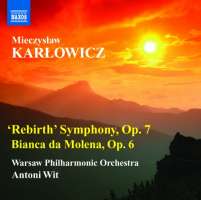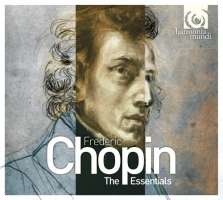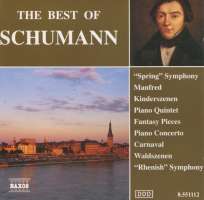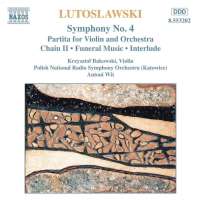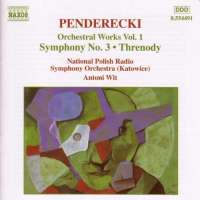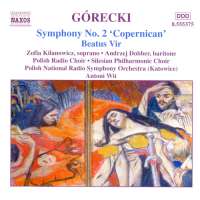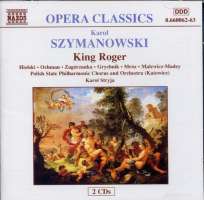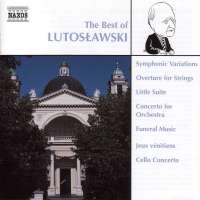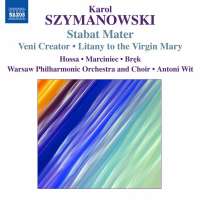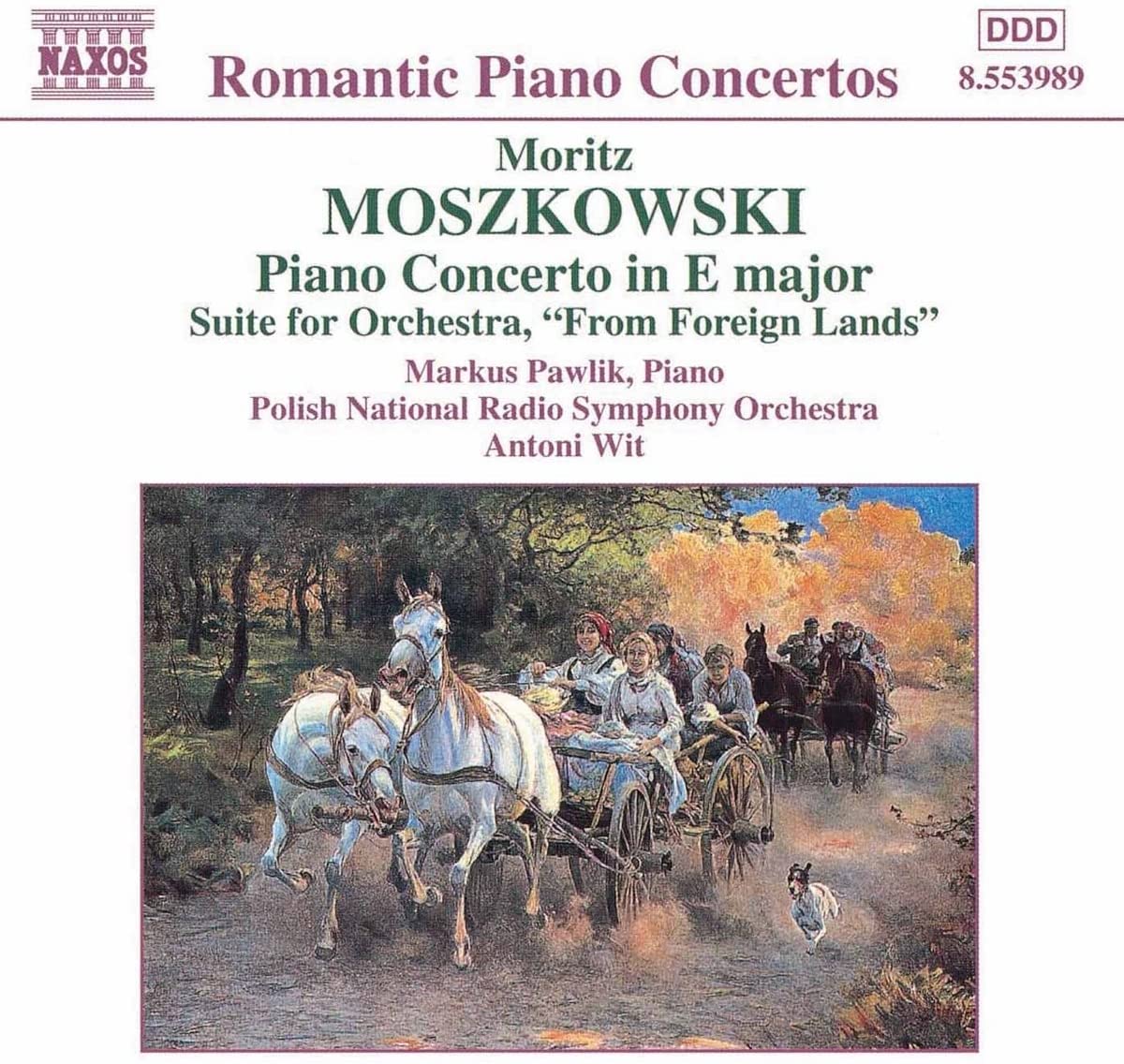
kompozytor
Moszkowski, Moritz
tytuł
MOSZKOWSKI: Piano Concerto
wykonawcy
Polish National Radio Symphony Orchestra (NOSPR Katowice);
Wit, Antoni;
Pawlik, Markus
Wit, Antoni;
Pawlik, Markus
nr katalogowy
8.553989
opis
Moszkowski completed the concerto in 1898, dedicating it "à Monsieur Josef Casimir Hofmann", a player who was to become one of the greatest piano virtuosi of all time. The concerto is scored for the usual woodwind, brass, and strings, but in addition, it makes occasional use of a triangle and a harp. Somewhat unusual for a piano concerto is the key of E major, and the fact that there are four movements instead of three. At the beginning of this century, the Moszkowski concerto was very popular, appearing frequently in the orchestral programmes of all the major orchestras of the world, and championed by most of the major piano virtuosos of the time. •
The six characteristic pieces Aus aller Herren Länder (‘From Foreign Lands’), Opus 23, were originally composed for piano duet and were published in 1884. In the same year, Moszkowski also published them in an orchestral arrangement, and they became an instant favourite on concert programmes all over the world. The six miniatures are dance pieces, each representing a different country, and in the original four-hand piano version are ordered: Russian, German, Spanish, Polish, Italian and Hungarian. • On this recording, the suite is organized as follows Russian, Italian, German, Spanish, Polish and Hungarian. The opening piece is a dreamy Rossian dance, somewhat reminiscent of Tchaikovsky and Glazunov. Next is the Italian dance, a tarantella. The stately German dance follows. A Spanish fandango is next, after which we hear a fast Polish dance. The concluding Hungarian dance is a czardas. All six of the dances show Moszkowski's mastery of style, each one a refined, clear, graceful, articulated miniature, full of charm and rhythmically buoyant.
• Moszkowski: Piano Concerto in E major, Op. 59
Works: • Moszkowski: Aus aller herren Länder, Op. 23
• Moszkowski: Piano Concerto in E major, Op. 59
nośnik
CD
gatunek
Muzyka klasyczna
producent
Naxos
data wydania
20-07-1998
EAN / kod kreskowy
730099498920

(Produkt nie został jeszcze oceniony)
cena 58,00 zł
lubProdukt dostepny w niewielkiej ilości.
Wysyłka w ciągu 3 dni roboczych
Darmowa wysyłka dla zamówień powyżej 300 zł!
Darmowy kurier dla zamówień powyżej 500 zł!
sprawdź koszty wysyłki
